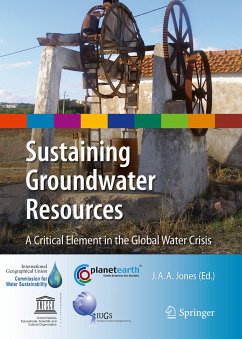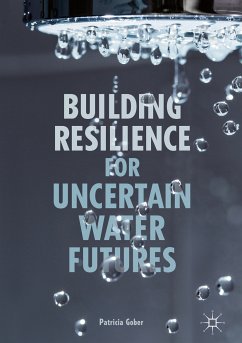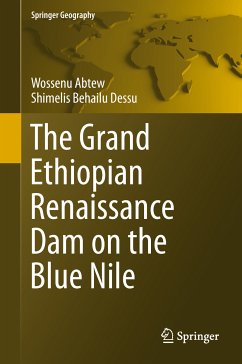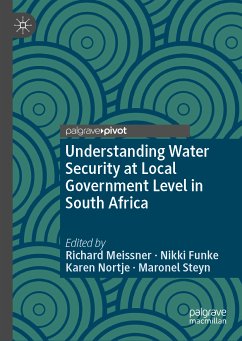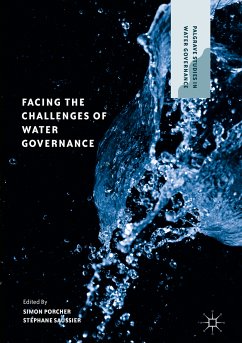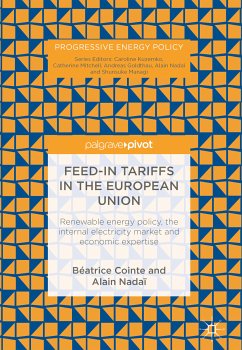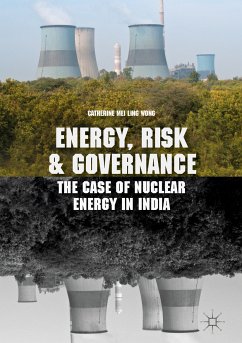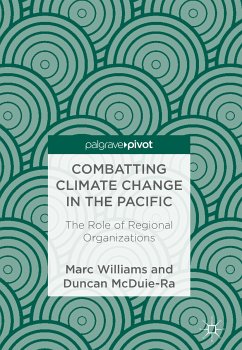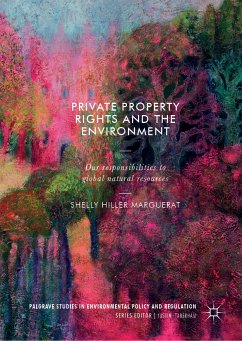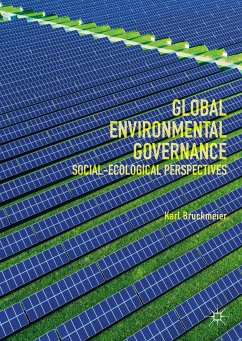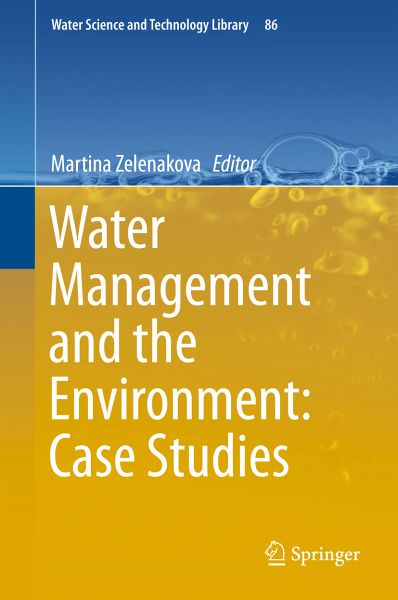
Water Management and the Environment: Case Studies (eBook, PDF)
Versandkostenfrei!
Sofort per Download lieferbar
72,95 €
inkl. MwSt.
Weitere Ausgaben:

PAYBACK Punkte
36 °P sammeln!
Presents a unique fusion of water management problems and topical issues of interest to a wide audience of researchers and scientists
Contains a rich resource of unpublished data from excellent research from all over Europe
Gives an overview of international approaches to water management
Dieser Download kann aus rechtlichen Gründen nur mit Rechnungsadresse in A, B, BG, CY, CZ, D, DK, EW, E, FIN, F, GR, HR, H, IRL, I, LT, L, LR, M, NL, PL, P, R, S, SLO, SK ausgeliefert werden.



